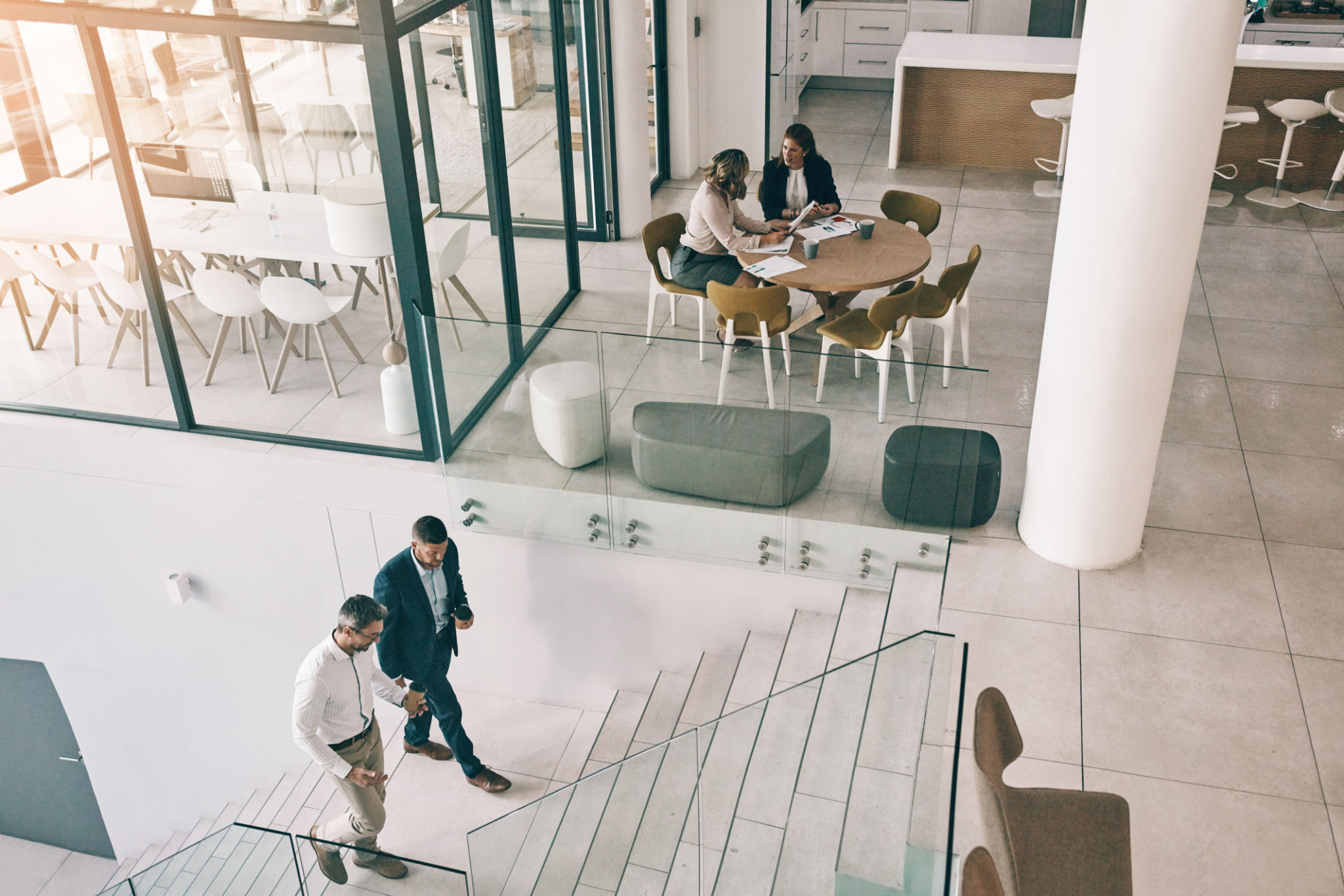Exploring the Latest Trends in Commercial Interior Design
Embracing Biophilic Design
One of the most significant trends in commercial interior design is the integration of biophilic elements. This approach emphasizes the connection between nature and interior spaces, aiming to enhance the well-being of occupants. By incorporating natural materials, plants, and natural light, businesses can create environments that are not only aesthetically pleasing but also conducive to productivity and comfort.
Biophilic design can include features such as living green walls, large windows that maximize natural light, and the use of sustainable materials like wood and stone. This trend not only benefits the environment but also boosts employee morale and reduces stress levels.

Flexible and Adaptive Workspaces
The demand for flexible and adaptive workspaces has increased as businesses recognize the need for versatility in their office layouts. Gone are the days of rigid cubicles; instead, companies are opting for open-plan designs that encourage collaboration and creativity. The use of movable walls, modular furniture, and multi-purpose areas allows spaces to be easily reconfigured to suit various functions.
This trend is particularly relevant in today’s dynamic work environment, where remote work and hybrid models are becoming more common. Flexible spaces can quickly adapt to changing needs, making them a valuable asset for any business.

Sustainable and Eco-Friendly Materials
Another trend shaping commercial interior design is the increased focus on sustainability. Businesses are increasingly opting for eco-friendly materials and practices in their design projects. From recycled materials to energy-efficient lighting and HVAC systems, sustainability is at the forefront of modern interior design strategies.
Using sustainable materials not only helps reduce a business's carbon footprint but also appeals to environmentally conscious consumers and employees. This commitment to sustainability can enhance a company's brand image and demonstrate corporate responsibility.

Technology Integration
As technology continues to advance, its integration into commercial spaces is becoming more seamless. Smart technology is being embedded into lighting systems, heating, ventilation, and even furniture to enhance functionality and efficiency. For instance, smart desks that allow employees to adjust height settings via an app are becoming increasingly popular.
Moreover, businesses are adopting technology-driven solutions such as augmented reality (AR) for virtual walkthroughs of design projects, allowing stakeholders to visualize the final product before it is completed. This not only aids in decision-making but also streamlines the design process.

Focus on Wellness and Comfort
Modern commercial interiors are placing a strong emphasis on wellness and comfort. Designers are creating spaces that promote physical health and mental well-being by incorporating ergonomic furniture, relaxation zones, and wellness rooms. These elements are designed to provide employees with a sense of comfort and tranquility amidst their busy workdays.
Incorporating comfortable seating areas, quiet zones for focused work, and even spaces dedicated to mindfulness or meditation can greatly enhance employee satisfaction and productivity.

Bold Colors and Artistic Expression
While minimalism has long dominated interior design, there is a growing trend towards bold colors and artistic expression in commercial spaces. Vibrant hues, unique patterns, and striking art pieces are being used to create visually stimulating environments that inspire creativity and innovation.
This trend allows businesses to express their brand personality through design elements, making their spaces memorable and engaging for both employees and clients.
